Thuja oil or – English “Cedar leaf” oil – stems from Thuja occidentalis, a specie of the Cypress family (Cupressaceae). The tree can become 6-20 m high. The branches are horizontally ramified, the leaves are dark green at the top side and light green at the underside. One can really say that the Cypress family is like a transition between the leaf and the needle trees since their “leaves” are not really leaves – and their “needles” are not really needles. Thuja is an evergreen tree, the reason why it is also called “Smaragd Cedar”. It is widely used as an ornamental tree, especially for screens and hedges because it tolerates cuts bringing about new shoots afterwards. In its column-like growth form Thuja, similar to the Cypress tree, emphasizes the vertical shape, means: a signature for its amazing uplifting energy by this stretching to the light of the Sun. The tree is also called “Tree of Life “(Latin: “arbor vitae”), probably due to its strong survival energies.
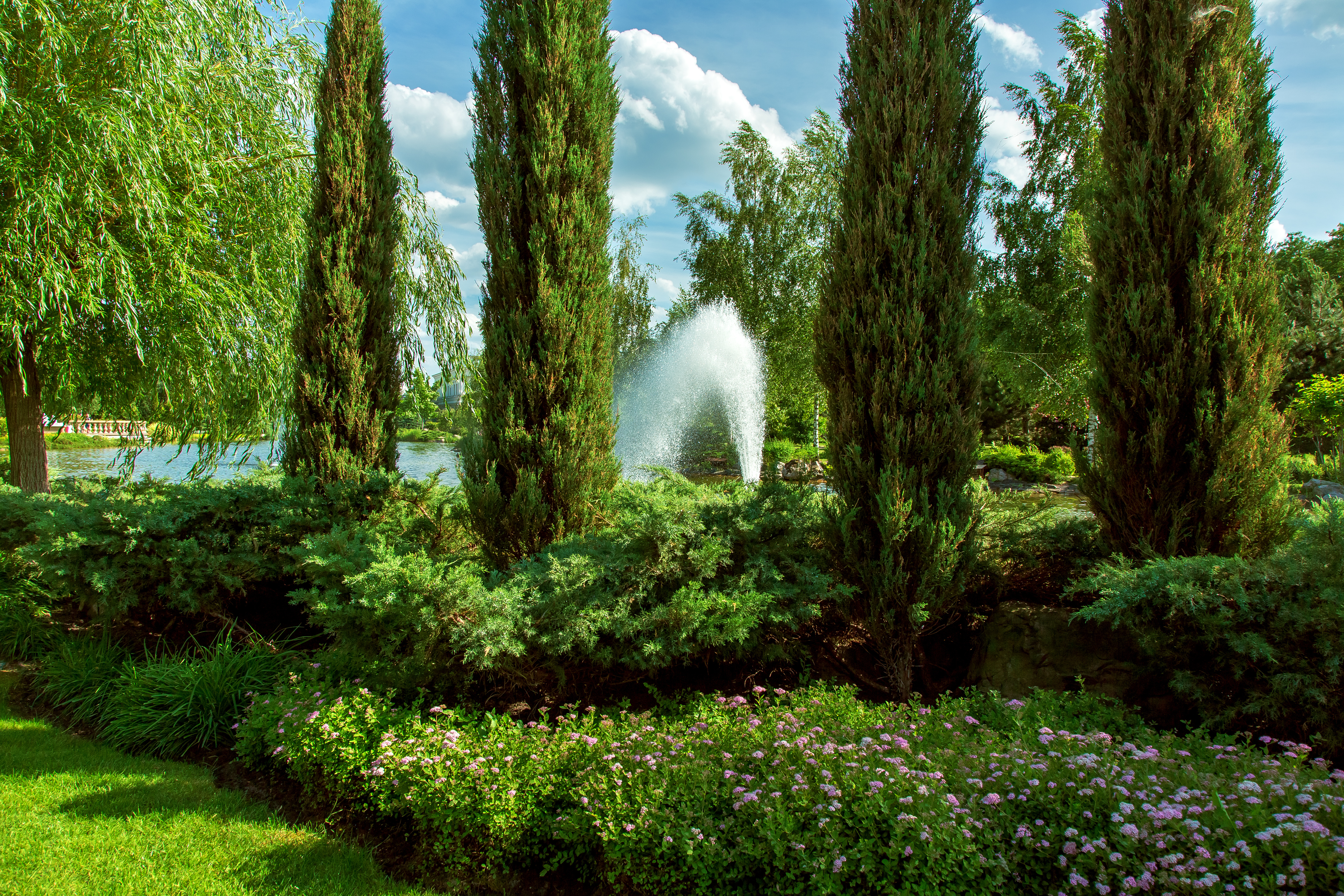
Thuja originally is native to North America and started to be imported to Europe only in the 16th century. It was first cultivated and later was growing also wild. The name Thuja derives from Greek ‘thyo’ meaning “to sacrifice”. The pleasant smelling wood was often burnt at ritual ceremonies. The robust life power of the tree might have stimulated the idea of sacrificing something which has strong physical vitality and which also expresses with this striving for light a longing for a spiritually fulfilled life. The connection with the ketonic energy has certainly also to do with this.
The essential oil
Thuja occidentalis essential oil is obtained by steam distillation of the fresh leaves and twigs. The oil spreads a fresh-fruity, camphor like aroma. The leaves when rubbed have a spicy, aromatic scent.
The oil contains plenty of ketones – particularly alpha-thujone and some beta-thuyone. This makes it highly effective against intestinal parasites, but also against all kinds of microbes, fungi etc. Due to its diuretic properties Thuja
acts as a strong detoxifier. Also when urinary incontinence due to loss of muscle tonus is the problem Thuja may be of help. It increases urination thereby removing toxic and unwanted substances such as salts, uric acids and excess water. This helps cleaning the kidneys from deposits and preventing kidney stones from getting formed. Consequently, we find positive reactions on rheumatic diseases and pains in the joints and muscles.
Thuja also combines expectorant qualities with systemic stimulant properties within the blood circulation and the lymphatic system. This is beneficial if heart weakness, arthritis and gout are part of the health situation. Furthermore, the oil is indicated to treat delayed menstruation by virtue of its astringent quality. But this, on the other hand, means that its use is forbidden during pregnancy. Thuja oil is also used to prevent hair loss. And it rejuvenates the skin due to increased blood supply. Also proliferation like warts and liver spots and some forms of skin cancer can be treated effectively.
Interesting also: The essential oil acts as an important expectorant for the respiratory system which means it supports excretion of phlegm and frees the respiratory passages, relieving breathing and offering release from coughs. Its stimulant effects increase the secretion of special hormones like oestrogen and progesterone, of enzymes and gastric juice resulting in spurring the peristaltic and the metabolic system for better functioning. Furthermore the whole endocrine system is awakened with the use of Thuja oil. Apart from that neoplasm of cells gets supported. All of these medicinal qualities are effective for the whole body and provide strong impulses to regain health. The named abilities encourage activity and zest for life. A word of caution: Thuja shouldn’t be taken in overdose because of the potent ketonic components.
Due to these ingredients the essential oil is also useful in exterior use as an insecticide against mosquitos, squash fleas, ticks, lice, bugs and cockroaches – and effective at home also to get rid of ants and moths. Thuja oil can replace expensive synthetic chemicals contained in mosquito sprays etc.
The oil blends well with all major ketonic oils such as Sage, Artemisia oils, etc. Also tree oils like Cedar, Cypress, Pine, Spruce, Fir, or Juniper, and Citrus oils like Mandarin, Neroli, Lemon etc. are good partners.
All in all we can easily agree that its name ‘Tree of Life’ is well-earned.
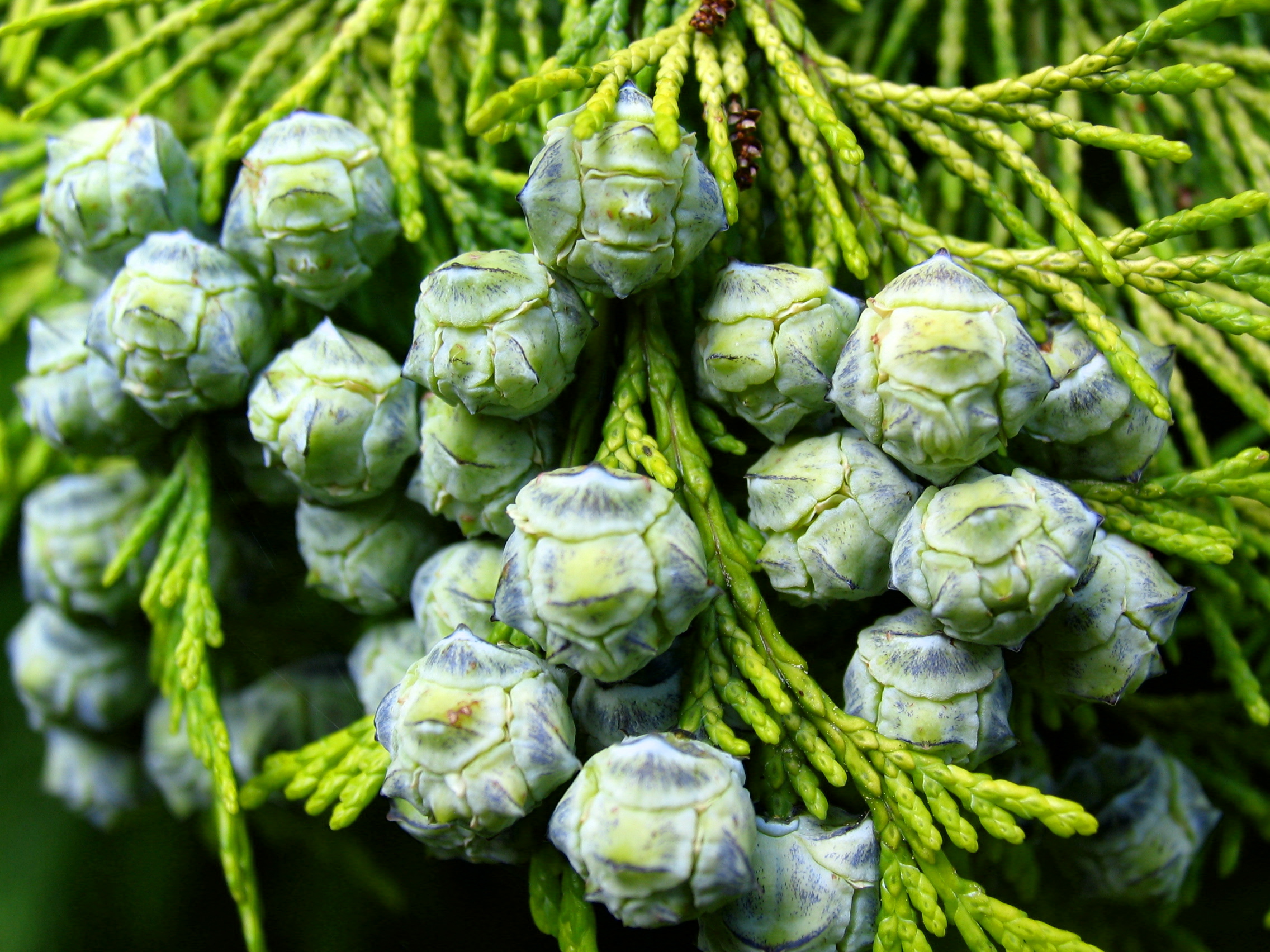
A blend with Thuja oil
“Our daughter had dell warts on her upper arm that spread very quickly all over the body. Our children’s doctor prescribed Thuja globulis and a Thuja tincture, which unfortunately did not help. So we had to go to the dermatologist and had it scraped off, but that hurt our daughter a lot and she still had a lot of Dell warts on the rest of her body.
Then we tried the special mixture from Oshadhi which was blended together especially for our daughter. I noticed the success after only a week, that the Dell warts were less and after two weeks they were completely gone. It was like a miracle and I thank you again for mixing this miracle blend together. I can only recommend it! “
The oils of the blend used were: Cistus, Lemon Myrtle, Thuja, Sage, Frankincense, and Myrrh in carrier oils of Tamanu and Neem.
(Mira Nayan, 16/12/2016)
Scientific Research
Thuja antiviral
“Thuja’s antiviral action and immune-pharmacological potential, such as stimulatory and co-stimulatory effects on cytokine and antibody production and activation of macrophages and other immune-competent cells, have been evaluated in numerous in vitro and in vivo investigations. Although no controlled trials have been conducted on Thuja occ. alone, many clinical studies have been performed with a herbal medicinal product containing a special extract of Thuja occ and other immune-stimulants, demonstrating its therapeutic efficacy and safety in respiratory tract infections.”
(Thuja occidentalis (Arbor vitae): A Review of its Pharmaceutical, Pharmacological and Clinical Properties – in : Evidence-based Complementary and Alternative Medicine 2(1):69-78 · April 2005?- Source: PubMed)
Thuja oil as vapor against respiratory viral infection (Corona etc.)
“We have studied various properties of Cedar Leaf Oil Vapor (Thuja – CLOV), and recently published two manuscripts describing its antimicrobial and anti-viral properties. This involved establishing laboratory methods for studying pertinent properties of CLOV under conditions relevant to field situations. In essence we found that CLOV could kill (inactivate) several human respiratory viruses, including Influenza virus, Rhinovirus (common cold virus), Adeno-virus, as well as Herpes simplex virus. The viruses with membranes (Influenza, Herpes) were more susceptible in that they required less time of exposure. The broad spectrum of antiviral activity suggests that the treatment is targeting a membrane or protein component of the virus particles. Based on our experience I anticipate that CLOV exposure would kill any Coronavirus, including MERS virus. Since it has a membrane it could be as sensitive as Influenza virus.
In addition we showed that the short term CLOV treatment had no adverse effect on cultured lung epithelial cells (i.e. it was not cytotoxic), and further CLOV also partly reversed the pro-inflammatory effect caused by Rhino-virus infection. What this means is that CLOV is a multifunctional therapeutic agent, unlike most antiviral drugs, which should not only kill the virus on any surface but should also be beneficial to humans exposed to the vapor.
(MERS Virus: Prospects for Control – Brief Report 15 May 2014, by James Hudson, Professor Emeritus, University of British Columbia)
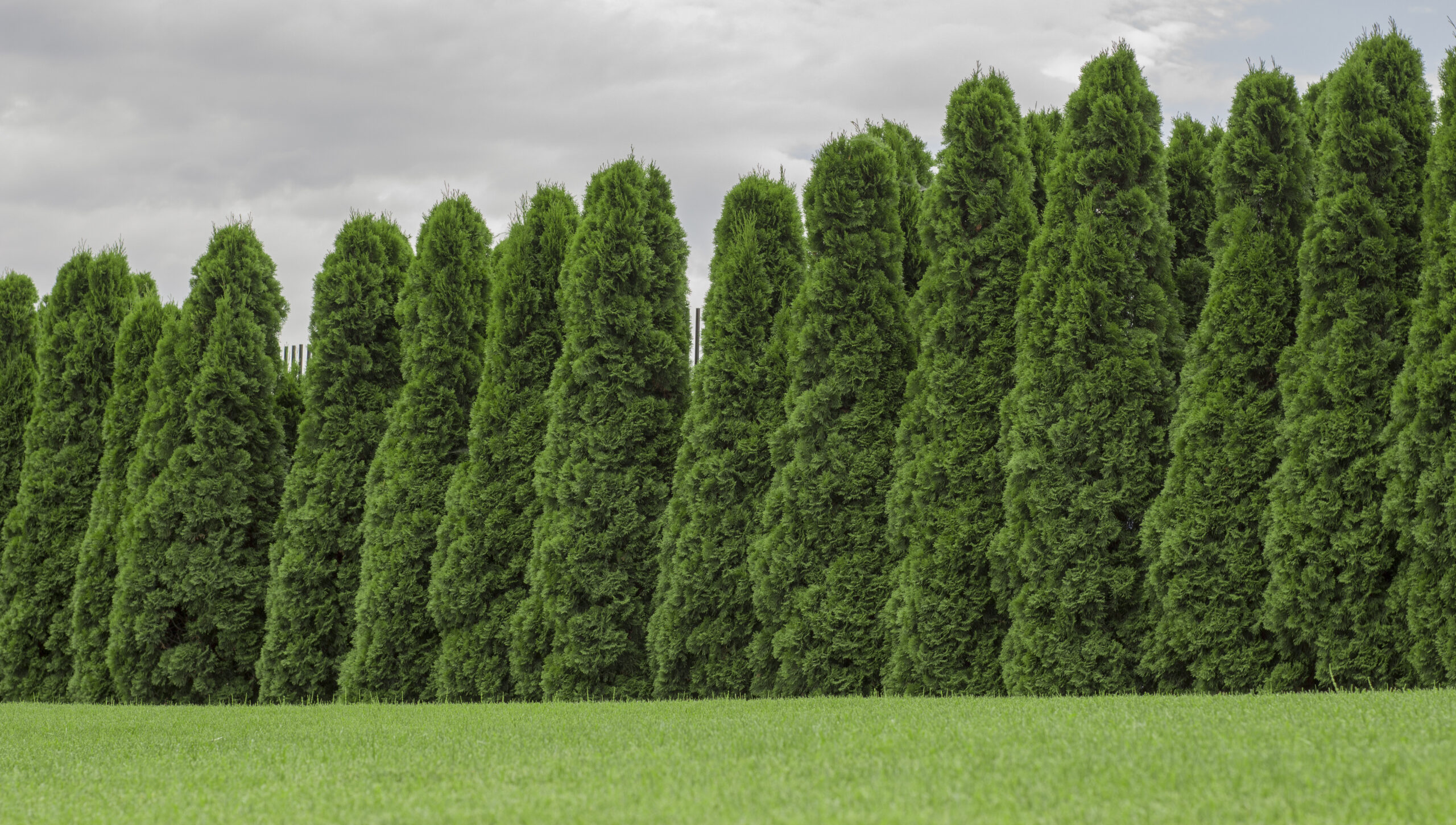
“Respiratory viruses continue to cause frequent acute and chronic infections, for which few satisfactory treatments are available. Some essential oils possess anti-viral properties, but these have usually been tested as liquids, which have limited applications.
“…the two major volatile components of CLO, thujone and alpha-pinene, did not show activity against influenza viral infectivity or hemagglutinin, indicating possible synergistic effects of the whole vapor. We conclude that CLO vapor has potential applications in the control of viral respiratory infections. The vapor of Cedar leaf oil has potentially useful bioactivities for applications to situations involving respiratory viruses. The vapor inactivates respiratory viruses on contact, and inhibits the virus-induced cytokine IL-6 production in virus-infected lung epithelial cells. No evidence of cytotoxicity has been observed.”
(The Activity of Cedar Leaf oil Vapor Against Respiratory Viruses:Practical Applications – Vimalanathan Selvarani1 and Hudson James, Department of Pathology & Laboratory Medicine, University of British Columbia, Vancouver, BC, Canada published in Journal of Applied Pharmaceutical Science Vol.3 (11), pp. 011-015,
November, 2013 http://www.japsonline.com)
Also the studies on the MERS virus (Middle East Respiratory Syndrome) which struck Saudi-Arabia in 2012 have shown that Thuja oil has a strong potential to treat the Corona virus. It is clear that Thuja can be extremely beneficial to patients with respiratory diseases.
Thuja oil and cancer
Thuja oil has also been investigated for the treatment of cancer. The oil decreased the inflammation caused by cancer and also prevented the cancer from metastasizing or spreading throughout the body.
“Anti-cancer activity of the alcoholic extract of Thuja occidentalis had earlier been reported by Sunila and Kuttan from their in vivo studies in rats. In our present in vitro study involving several protocols, we confirm the pro-apoptotic and anti-cancer potential of Thuja occidentalis mother tincture. Additionally, it was revealed that the thujone-rich component was possibly the key bioactive compound showing its promising anti-cancer potentials in the skin cancer cell line, a fact which had not earlier been reported”
(Thujone-Rich Fraction of Thuja occidentalis Demonstrates Major Anti-Cancer Potentials: Evidences from In Vitro Studies on A375 Cells Raktim Biswas ,1 Sushil Kumar Mandal,1 Suman Dutta,1 Soumya Sundar Bhattacharyya,1 Naoual Boujedaini,2 and Anisur Rahman Khuda-Bukhsh1)
Breast cancer prevention
“In vivo experiment has been conducted to observe the preventive role of Thuja occidentalis Linn (leaves) against mammary cancer. Ethyl acetate (EtOAc) and methanolic (MeOH) extracts in two doses (5 and 10 mg/kg body weight) of the plant were tested for DMBA-induced Indian Cancer Research Centre (ICRC) mice mammary carcinoma in terms of tumor weight, volume, life span, histological variation and oxidative stress.”
(cf. Protective effect of Thuja occidentalis against DMBA-induced breast cancer with reference to oxidative stress – BK Ojeswi, M. Khoobchandani, DK Hazra, First Published March 3, 2010 Research Article Find in PubMed)
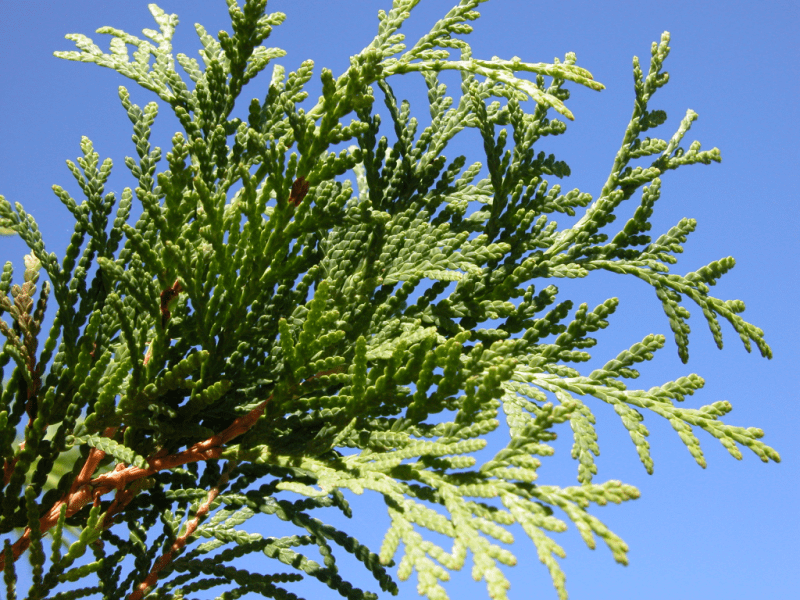
Cancer of the nervous system – glioblastoma
“Thuja occidentalis L. is indigenous for Northern America and commonly cultivated in Europe. Raw materials obtained from this tree are widely applied in the ethnomedicine and phytotherapy of numerous ailments, incl. scurvy, cystitis, rheumatism and cancer. Despite wide medicinal applications of Thuja occidentalis, still little is known on its therapeutic potential in tumor treatment. ?-thujone is the main component of Thuja occidentalis essential oil, which has been suggested to possess anti-tumor activities. This monoterpene ketone easily penetrates the blood-brain barrier. Therefore, we examined its effects on the malignancy of glioblastoma multiforme (GBM) cells, with the special emphasis on the mechanisms of its effect on cell viability and invasiveness… Our observations demonstrate that ?-thujone exerts pro-apoptotic and anti-invasive effects on GBM cells. They confirm the potential of ?-thujone for the treatment of glioblastoma multiforme.”
(https://www.sciencedirect.com/science/article/abs/pii/S0367326X19301121)
Summary of some uses of Thuja as medicinal plant or essential oil
Good for:
• treatment of bronchial catarrh and mucus
• enuresis (involuntary urination)
• cystitis
• cellulite
• scurvy
• psoriasis
• uterine carcinomas
• amenorrhea
• rheumatism
• diseases of skin (like warts, moles, papillomas)
• skin impurities
• open wounds
• diseases of blood – anti-coagulant
• gastrointestinal problems
• kidney problems
• brain fatigue
• purification of liver and pancreas
(cf. also https://www.hindawi.com/journals/ecam/2011/568148/)
Some thoughts on Ketones
Ketones belong to the most powerful medicinal compounds in Nature. Interesting to see that many of the monoterpene ketone oils have leaves which are not really green but rather blue-green in colour. They look a bit “disembodied” in this. Just compare Clary Sage and Sage, and you will understand what I mean. Or Cypress and blue Cypress….Their colour points to another level of the “rain-bow medicine”… 🙂
But Thuja oil – with its alpha- and beta-thuyone compounds – is often considered in Aromatherapy as one of the “bad guys”, since it can become neurotoxic in high dosages. This does not mean that we should exclude such an oil from our practice, but rather consider the right dosage and rather use it with knowledge and care as a major element of healing in a balanced aromatherapeutic approach.
For my understanding, there is a connection of ketones with the “body of light” in us humans. I want to say with this that Thuja oil is a subtle energy medicine which specifically has to do with our human “energy transfer system”. And this means particularly the central nervous system, the brain and the spine. If we consider the above mentioned effect of Thuja on glioblastoma cancer and also the general understanding today of the effects of ketones on Alzheimer’s disease (i.e. “ketonic diet” with Coconut oil) we can truly conclude that a subtle connection of ketones with special areas of our “body-mind” (Candace Pert) exists.
“In fact, ketones have the ability, unlike other fatty acids, to cross the blood-brain barrier. They are then able to reach the neurons, where they enter without needing insulin. They can then be burned instead of glucose to produce cellular energy. Neurons that were starving, and possibly dying, can be revived. The fact that the brain can use a fuel other than glucose was discovered in 1967 and published in an article entitled “Brain metabolism during fasting” in the Journal of Clinical Investigation by Dr George Cahil and his associates. In addition, the presence of ketones in the blood initially causes blood flow to the brain to accelerate by up to 39%, which also contributes to a better supply of neurons.”
(translated from “L’huile pour les malades d’Alzheimer” – „La Lettre Santé Nature Innovation par Jean-Marc Dupuis“, 02/07/2014)
Let’s go further: Is it not remarkable also that ketonic plants and oils count among the most efficient parasite killers in Nature such as worms, nematodes etc.? These creatures are definitely linked to the Earth element whereas ketones with their high vibrant energies are more linked to the etheric or astral sphere. Also the fact that ketones dissolve fat belongs to this same view. We can also say: too much cramped in the “Earth principle” or the solid element in life is as damaging as being too much “in the air”. The right balance is needed. And the more we age the easier it can become to lose this balance. Ayurveda would say that Thuja induces an element of healthy Vata in the system to release the possible heaviness and imprisonment in our cellular system, in the physical constrictions of the Kapha principle. But attention here also: too much of it can make our head spin around…
Ketonic plants and their essential oils such as Hyssop, Mugwort, Tansy, Sage, Pennyroyal, Calamint, Wormwood, Arizona Cypress, Artemisia annua, and the many other Artemisia’s… they all have their word to say in the same context of raising spiritual energy in man and” lighting up” matter fields in the body which have become “corrosive” through the impact of numerous interior and exterior stress factors. They are in a true sense “disincarnating” energies, more linked to the astral realm – one of the reasons why they are strongly abortive and not to be taken by pregnant mothers or young children who are busy with “matterfield organization”. 🙂 🙂 But they are also highly physical in their interactions.
We have to understand that Nature’s way to build up matter is something very complex and diversified. It is clear that matter is built up from energy and that matter – before becoming solid – is first vibrant “pranic” energy successively manifesting into akashic, airy, and liquid form. “Agni”, the principle of fire in Ayurveda, is a major helper for this transformation. “Liquid” and “akashic” (cf. “etheric oils” – the name for essential oils in German) is then – in our context – the domain of essential oils. And they are not “any” liquid, but highly vibrant “liquid jewels” as I call them, since they radiate cosmic light in a very special way which makes them strongly medicinal. Among these liquid “carriers of light” there are again numerous levels – some of them more “earth-bound”, some of them, like the ketones, more “akashic” or even “astral”. And as such they are powerful vibrant energy carriers with multiple functions and connections with the “body of light” and the physical body in us humans. And Thuja oil definitely nourishes this connection.
„Disease is mainly a loss of cell-to-cell communication“, said once the famous German cancer research scientist Prof. F.A. Popp in his studies on biophotons. Dr. Zach Bush from USA refers to this discovery when saying: „that the process occurring in necrotic tissue, such as that of a diabetic ulcer, behaves almost identically to cancer cells viewed under a microscope.
Quote: “I said, ‘My gosh. There’s no such thing as diabetic ulcers. There’s no such thing as cancer. There’s no such thing as disease. There’s only a loss of cell-to-cell communication… There’s only a loss and isolation… that leads to this broken state… That was a huge transformational moment.“
(cf. Dr. Mercola, How Soil Microbes and Intercellular Communication Affects Human Health)
And this interaction in our body of the “energetic and the physical” reminds me of Rudolf Steiner when he points out with regards to cancer that “… tumorous formations of every kind… arise primarily from the actual enmity of certain processes within the physical body against the action of the etheric body. (= energy body or “body of Light”)”
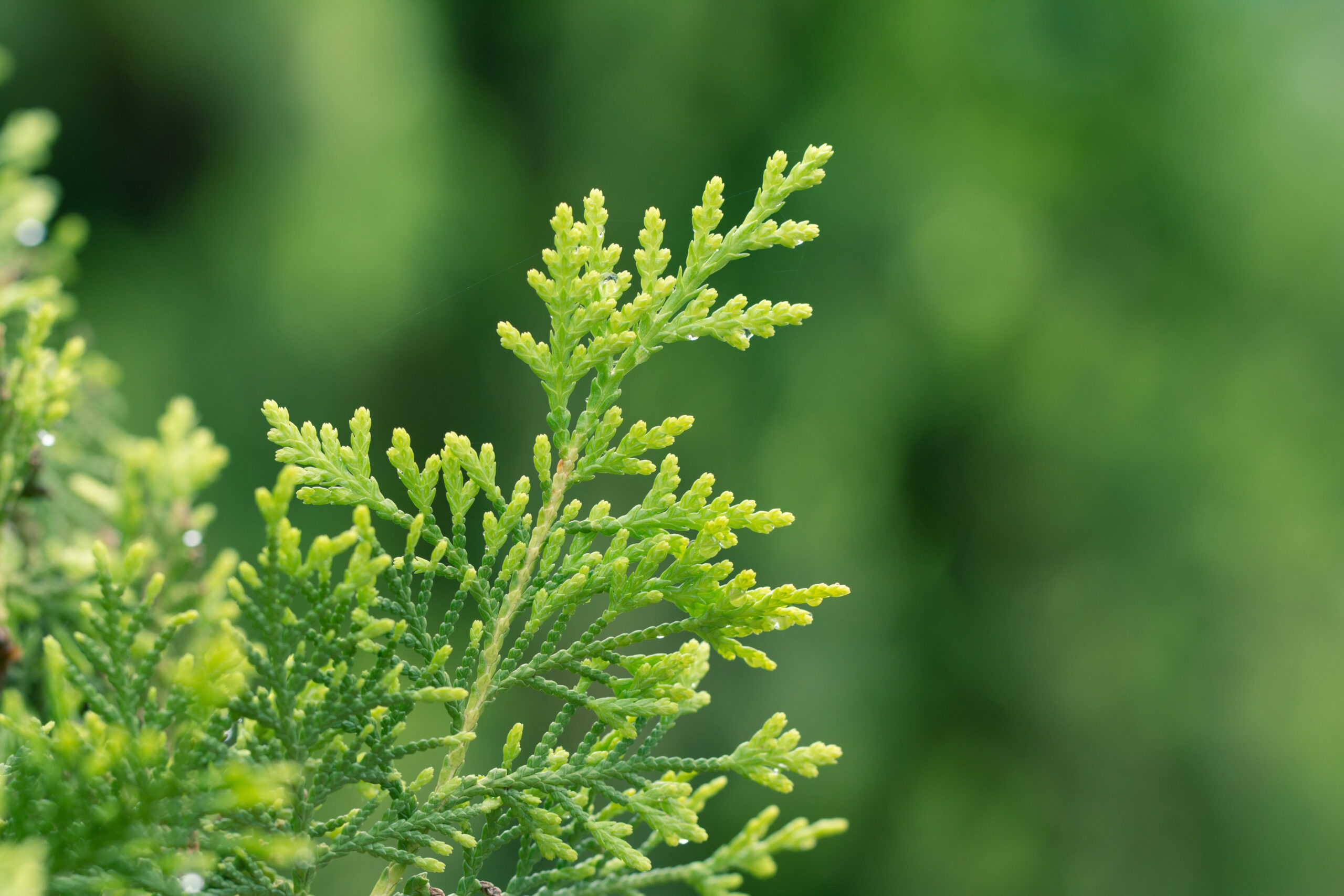
I think that ketonic oils are specially adapted to support the energy body or the bio-photonic communication inside the network of cells. It gives us something to reflect when Dr. David Steward in his famous book “The chemistry of essential oils made simple” mentions that each of our trillion of cells receives with each drop of an essential oil something like 40 000 aromatic molecules…
Ketones are really special inside the plant kingdom. It is clear that the “ketonic effulgence” of essential oil plants transfers cosmic radiation to our body, giving often a decisive kick to our physiological “matter-fields” if they have become chaotic and have caused “disease”. And this action could be of burning concern for us today in our modern world, as we so much “strive in the dark” still trying to understand the true causes of the all these numerous “degenerative diseases” like cancer , diabetes, MS etc. etc.
“Everything is toxic, nothing is toxic, the dosage makes the difference”, said Hippocrates in ancient Greece. And this is so true. It concerns specially the ketonic oils in modern aromatherapy when people raise questions about their use and often call them risky or even toxic. What we call “toxic” today is always part of the plants’ evolution on planet Earth. We can suppose that for each medicinal plant there is a reason that it still exists. And for each disease there is a plant that can help. There is no reason to ring the alarm bell against the “power molecules” of Mother Nature. There is only one reason: to learn more about Nature in order to understand her intricate functioning and become as much as possible experts in self-healing.
And this – in terms of Aromatherapy – is not only a subject of ketones. For each of the thousands of bio-chemical compounds it is the same. Of course, we want to know the correct way to use the plants and their oils. And we can be happy that modern bio-chemical research has led us to a much better understanding of Nature’s alchemy. But to separate – as it often happens today – powerful compounds out of this plant alchemy, and then, in their isolated way, declare them toxic is a very partial and misleading attitude towards Nature as such, and it shows total ignorance about her hidden healing powers and the synergistic behaviour of plants. Therefore: Let’s rather speak of knowledge than of fear. And let’s rather avoid prejudice, manipulation, and … mega-business with health – you know what I mean… There is definitely an interest in certain areas of our world to avoid and even suppress the direct access to the medicine from Nature.
Let us conclude
Thuja is definitely an amazing “power plant” with countless promises for a new era of complementary alternative medicine. We can only look forward to our already happening rediscovery of Nature’s treasure house of healing – and with this learn to reach out and bow down to the infinite intelligence of the Plant Kingdom which has manifested itself over millions of years in so many essential oils and their vibrant energies.
